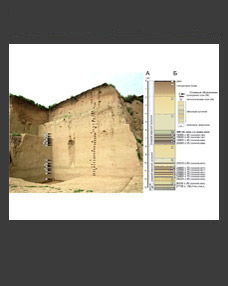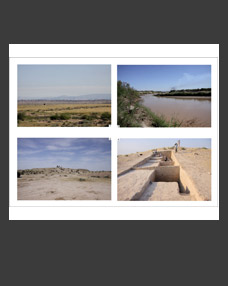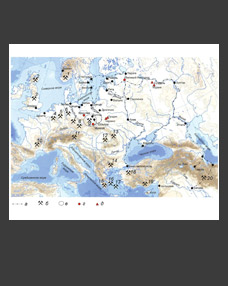Vladimir A. Burova,#
aInstitute of Archaeology RAS, Moscow, Russia
#E-mail: burovvan@rambler.ru
Key words: Novgorod, Rurik’s fortified settlement, Holmgard, fortresses, princely land ownership, princely toponymy, districts, princess Olga, excavations, street community.
Archaeological discoveries of recent decades have formed the basis for the development of a new concept of Novgorod origin. This study is the first to consider the problem through the prism of contacts between the Slovenes and Scandinavians and to associate it with the patrimonial land ownership of the Rurikids. In 862, this Varangian clan was summoned under an agreement to reign in the union of tribes and received a land area (volost) from the Ilmen Slovenes in the upper reaches of the Volkhov River. This is evidenced with12 toponyms of the 10th–12th centuries AD on the territory of Novgorod and its vicinity. The core of the volost is a river island between the Volkhov and Volkhovets rivers with adjacent lands. On this land of the Rurikids, the princely fortresses found by archaeologists were erected at different times (862, 940s, and 1044). All of them were named identically – Novgorod, as well as the volost itself. Novgorod with its vicinities within the boundaries of the ancient volost was ruled by the prince as a princely town. This was due to the fact that the inclusion of the Scandinavian Rurik’s clan in the tribal structure of the tribal union resulted in recognition of the clan by the Slovenes as the dominant and ruling one. Led by the ruling prince Rurik, Novgorodians began to consider themselves as originating from the Varangian family. In case of the Ilmen Slovenes this tribal identity manifested itself most clearly in high burial mounds which became very common. At the same time, the ethnic structure of the early city-state, formed in 862, which was called the Novgorod volost according to chroniclers, turned out to be multiple, claiming the Slavic-Finno-Scandinavian unity. The Varangians were not seen as an alien element in the Slovenian environment. Therefore, Scandinavian finds are common in the lower layers of Novgorod estates of the 10th–11th centuries AD. They testify to the free residence of the Varangians in the Volkhov region. The same is true for Pskov, where Scandinavian burials were found. The Rurikid volost ceased to exist as a single whole in 1132/1136 with the expulsion of the prince. Expanding urban communities (in terms of streets and town districts) began to claim its lands and shrink its territory. But even at a later time, certain fragmented areas of the Novgorod vicinity still belonged to the prince.
DOI: 10.31857/S086960632303008X, EDN: WYFYXS







